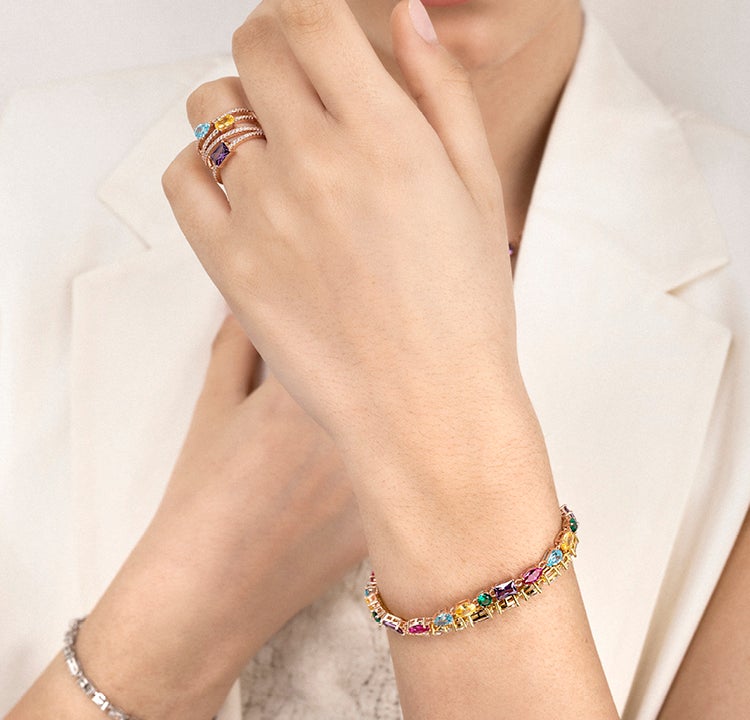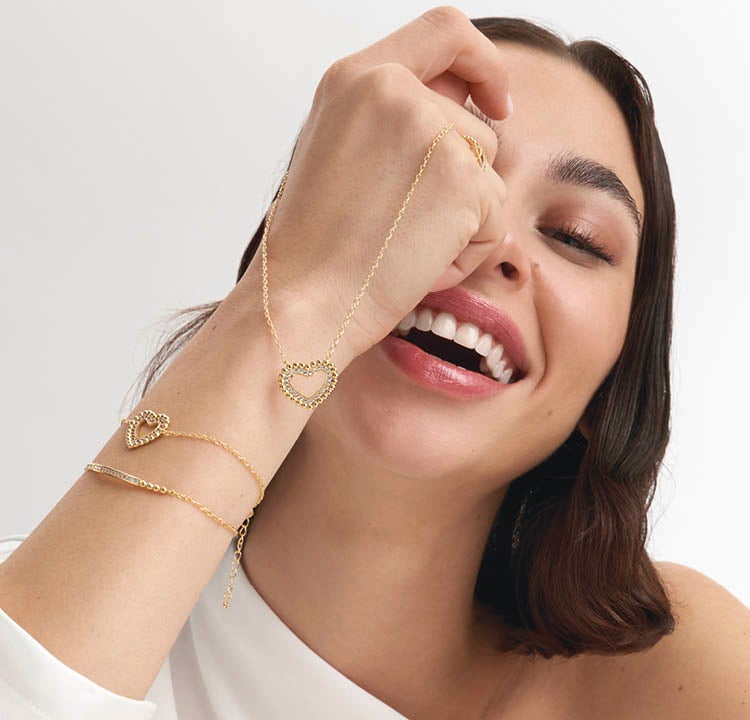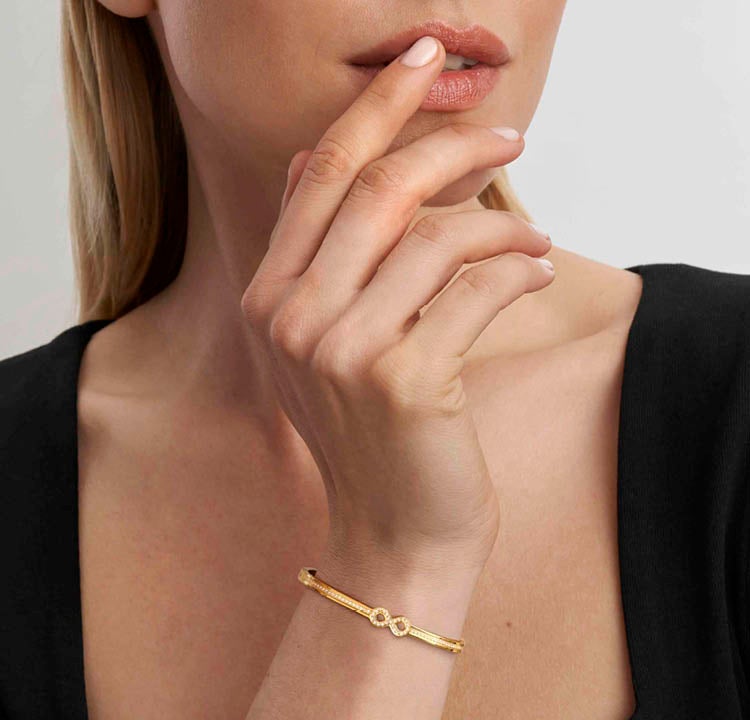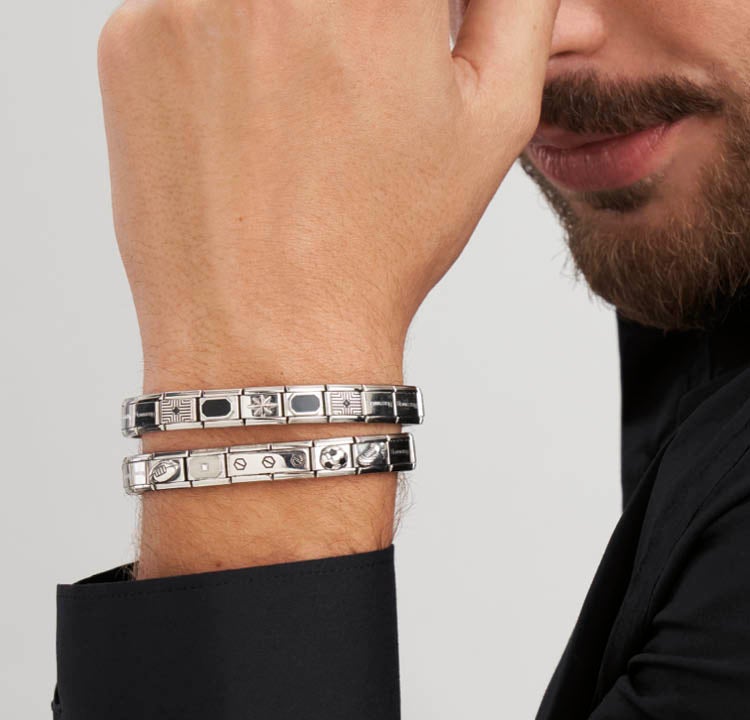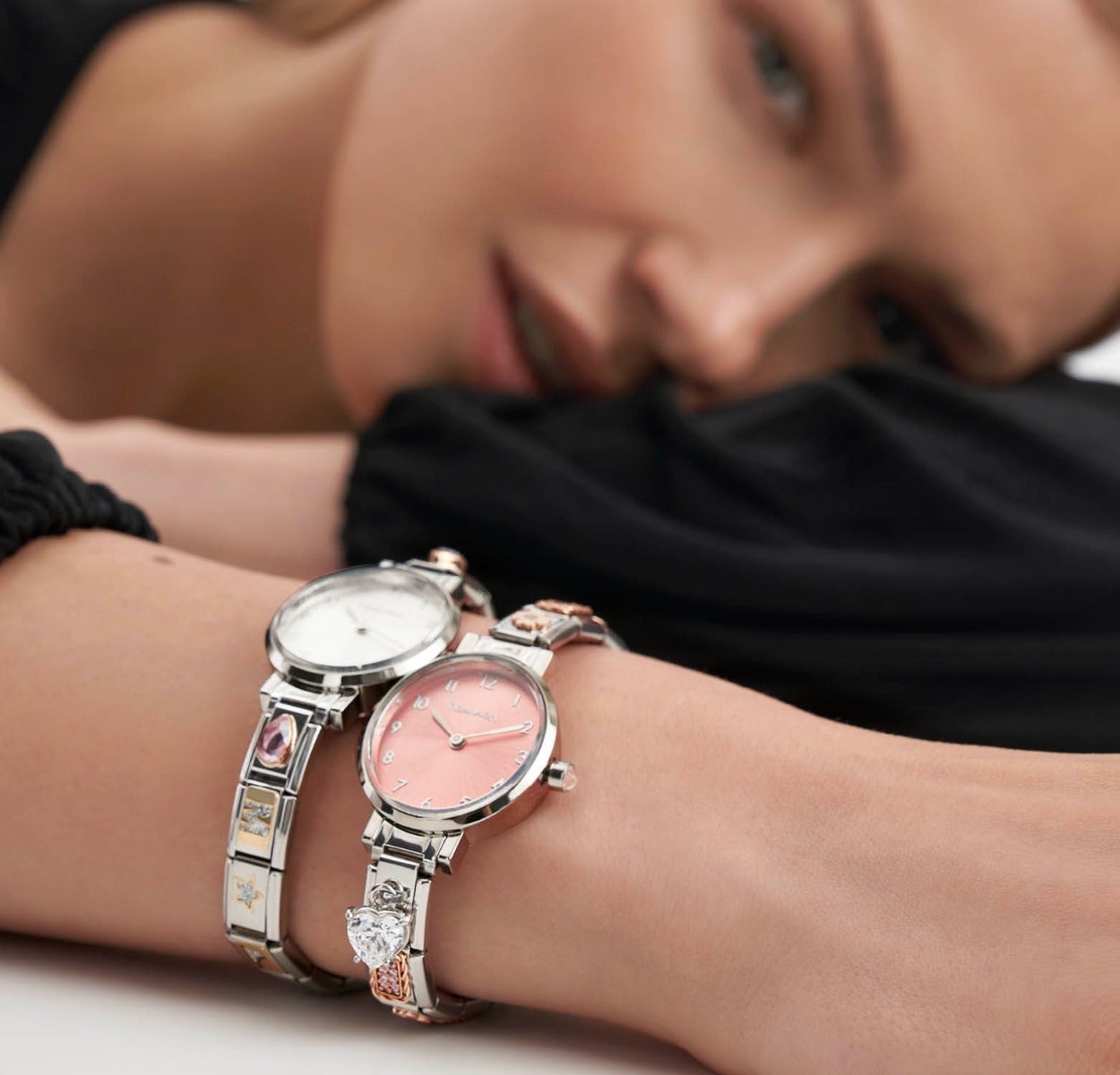Gemstone Cutting: What It Is and Why It's Important for Every Gem
- 23 Feb 2023
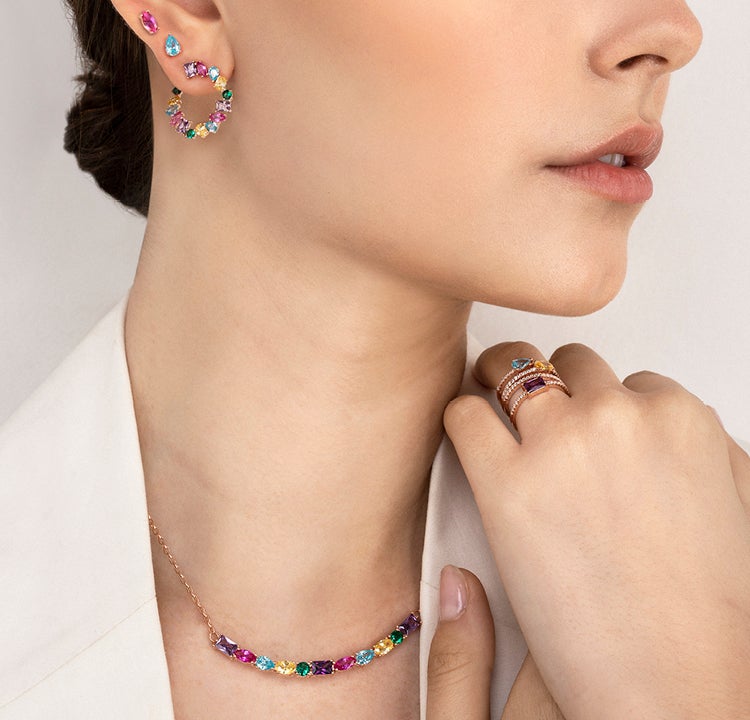
Gemstone cutting is a true art and an ancient gesture of mastery that brings out the maximum beauty of the gem. In fact, the raw, uncut stone appears as a coloured and opaque mineral. Consider the discovery of one of the most famous diamonds in the world, the Eureka, which was found by chance by a boy playing on the banks of the Orange River in South Africa. It looked like a normal rock, but instead, it was a 21.25-carat diamond.

Cutting represents the second most important quality to look for in a gem because only with this delicate operation is it possible to return the full, shiny, and brilliant colour to the eye of the beholder, which reinforces the meaning and beauty of precious stones.. The right cut must respect proportions and mathematical rules because only in this way can the optical phenomena of reflection, refraction (the deviation of the light beam when it enters the gem), and dispersion (the decomposition of white light into different colours) be optimised, creating reflections and glows thanks to the "play of mirrors" possible only through the correct faceting of the precious stone. If the stone is not cut with care and mastery, it would lose its brilliance and especially its "fire," the optical effect that occurs when light breaks down into the colours of the iris.

The Main Cuts of Gemstones
There are two types of stones:
- faceted
- non-faceted.
Faceted gemstones are cut into various geometric shapes and have flat polished surfaces, while non-faceted gemstones do not have geometric shapes or flat and polished surfaces. Unlike diamonds, which have an ideal cut (the brilliant cut, which perfectly balances the weight and beauty of the stone), there is no ideal cut for coloured stones: it is up to the cutter to decide based on the type of stone, considering its shape and quality.
Here are the main cuts of gemstones used in jewellery:
- Baguette Cut: A rectangular cut with a flat top. It belongs to the "step cuts" family and is one of the oldest and most traditional cuts. Discover the full splendour of the Baguette cut in the first stone in the Colour Wave women's ring.
- Drop Cut: Also known as the "pear" cut, it derives from the brilliant cut and is particularly suitable for earrings, pendants, and the precious stones of engagement rings.
- Brilliant Cut: When we talk about the "brilliant cut," we usually mean the round cut specifically designed for diamonds, although it can be used for any other precious stone, respecting the proportions. Discover diamond jewellery for him in the Strong men's collection.
- Heart Cut: It belongs to the brilliant cuts family and is the result of great craftsmanship and skill. The perfect cut to choose for those looking for a gift for Valentine's Day , like the new Sparkling Love Edition collection.
- Navette Cut: The Navette cut has an elongated shape, with curved sides that come together to form two points at the ends of the stone. It is an extremely difficult cut to achieve and requires great experience.
- Oval and Round Cut: This cut, like the heart cut, belongs to the brilliant cuts family and is the perfect cut for a precious stone to be set in a ring, such as in the case of the Aurea women's ring, a highly impactful piece of jewellery.
- Emerald Cut: This type of cut is named after the eponymous gemstone precisely because it is the most suitable cut to highlight its light, brilliance, and colour. It is an octagonal cut, very popular in the Art Deco years.
- Cabochon Cut: Distinguished by one or two smoothly rounded convex surfaces that are polished, but not faceted. It is the most used cut for gemstones that are to be set, such as the one in the Silvershine Link with Pink Opaline or the one in the Link with 750 Gold Details and White Mother of Pearl, perfect for creating a truly precious and unique modular bracelet.



